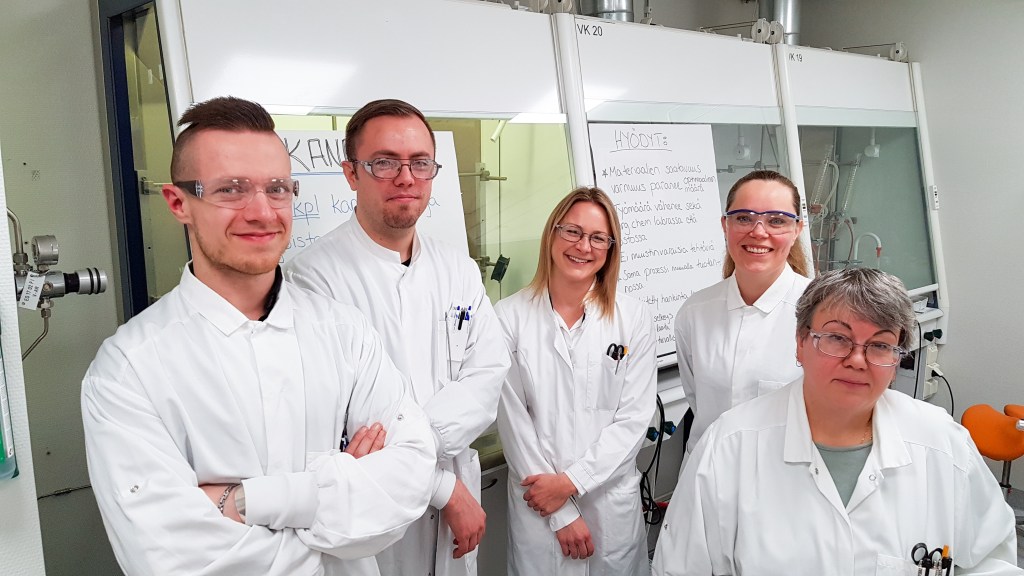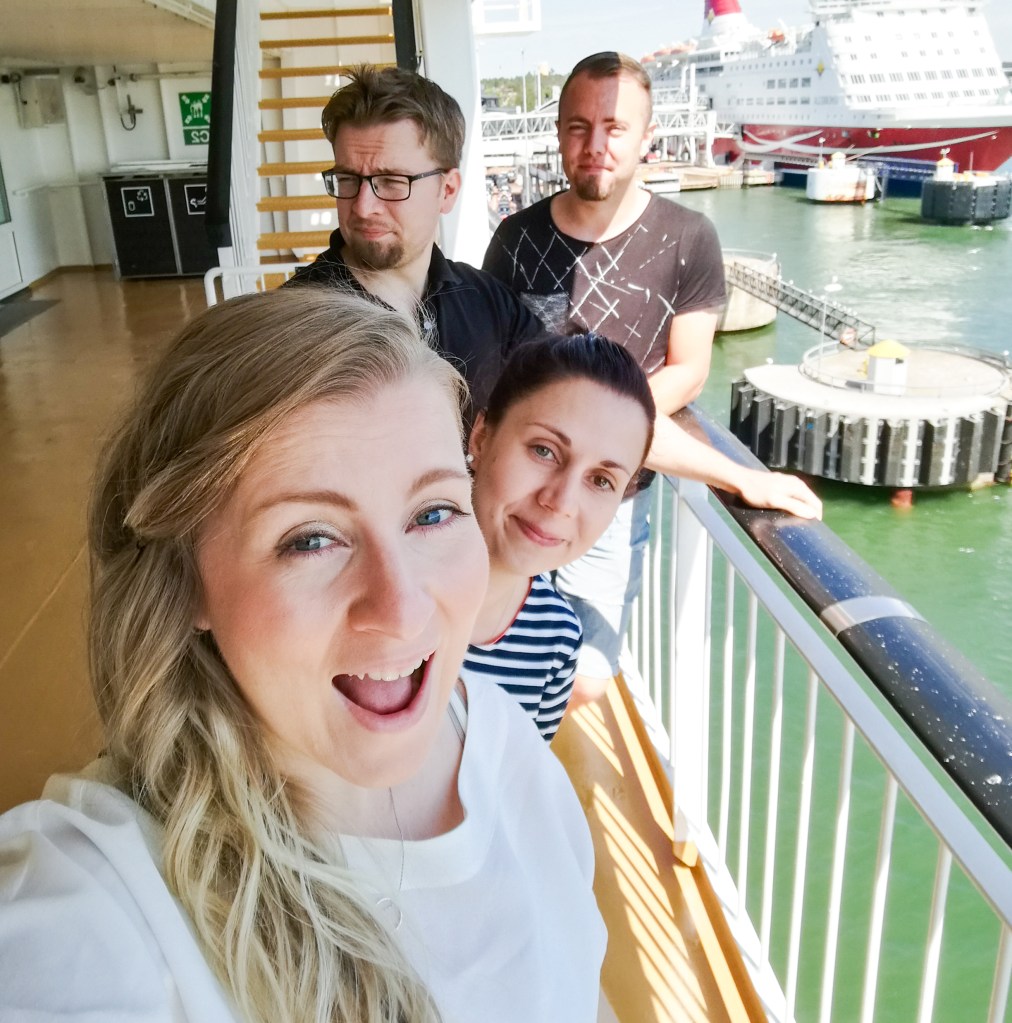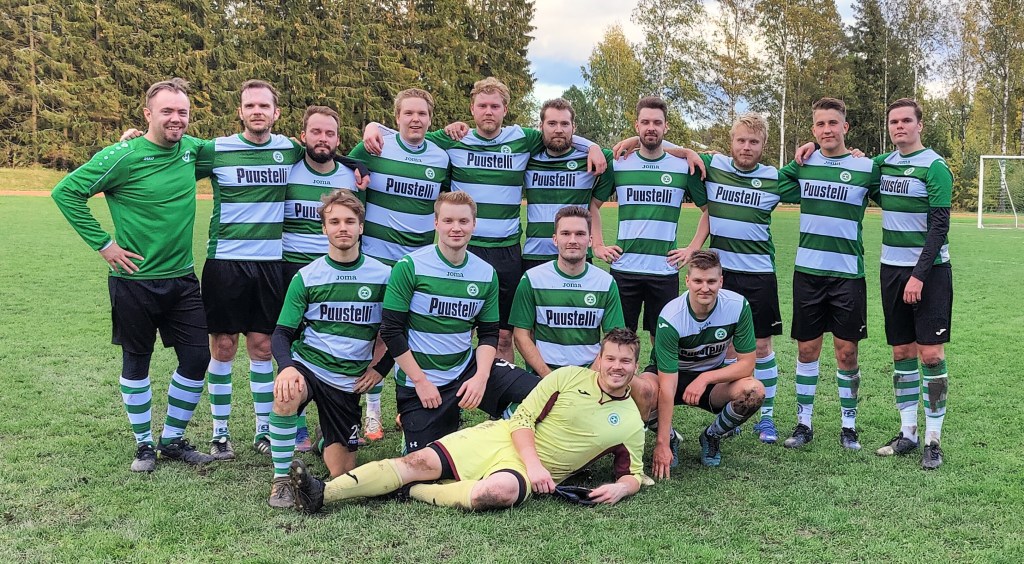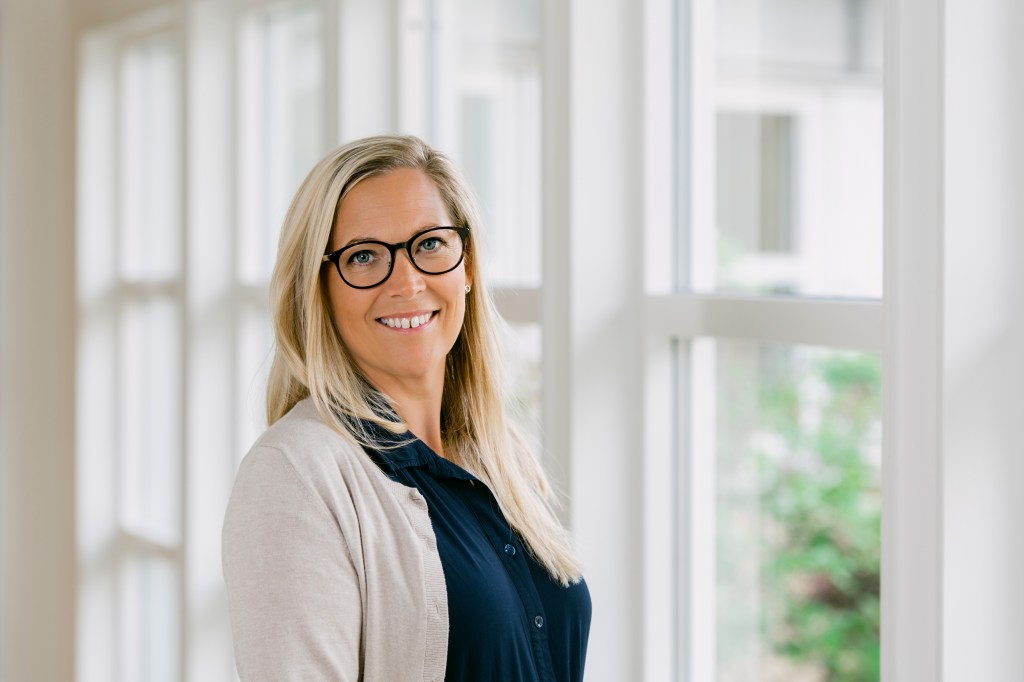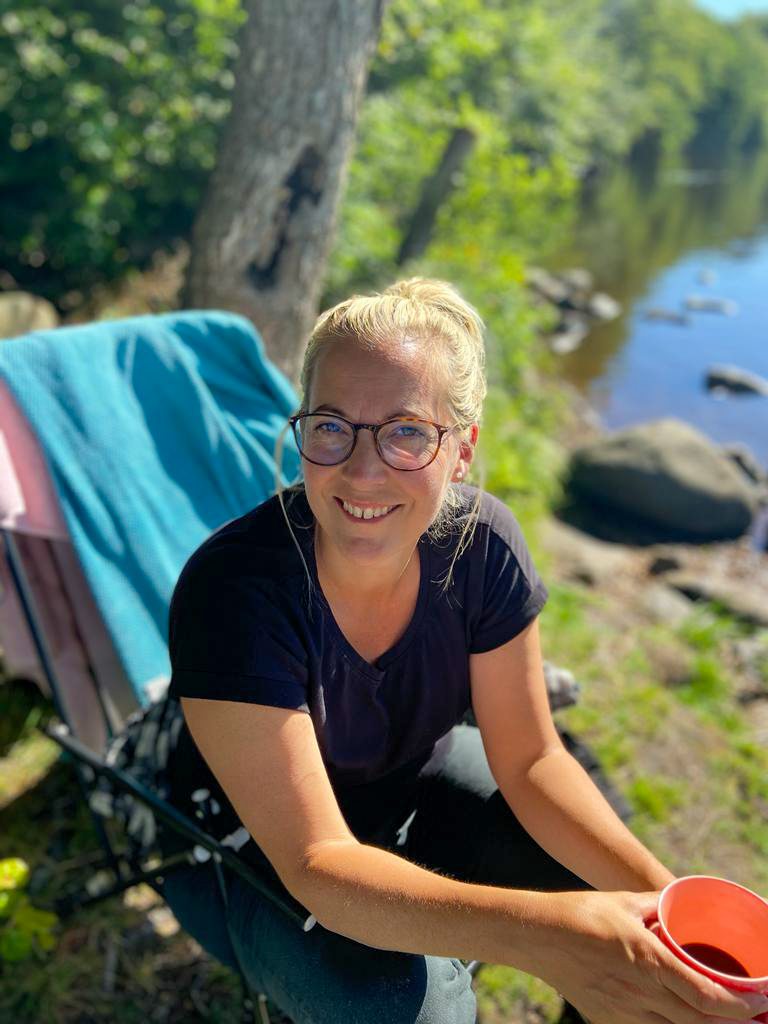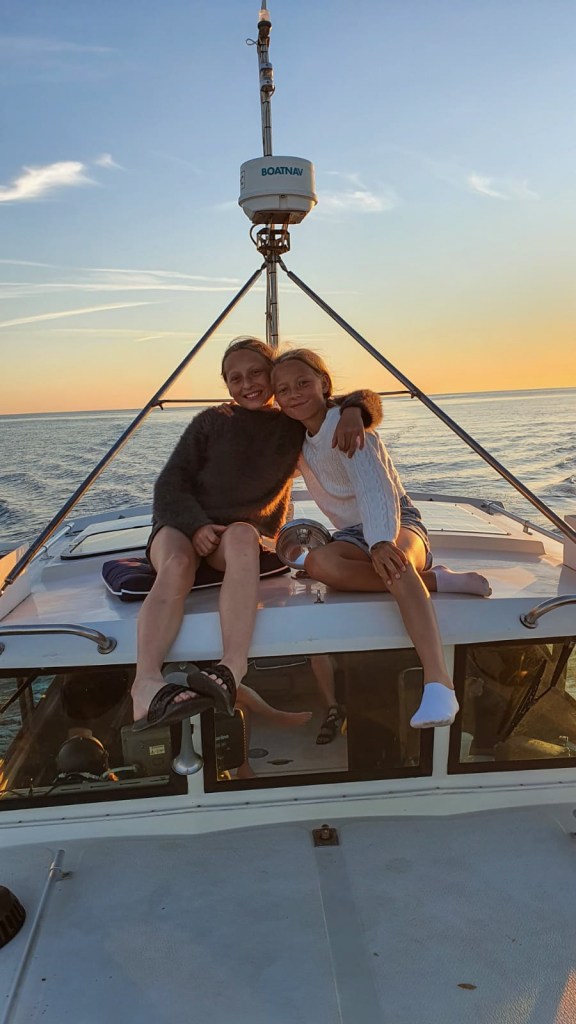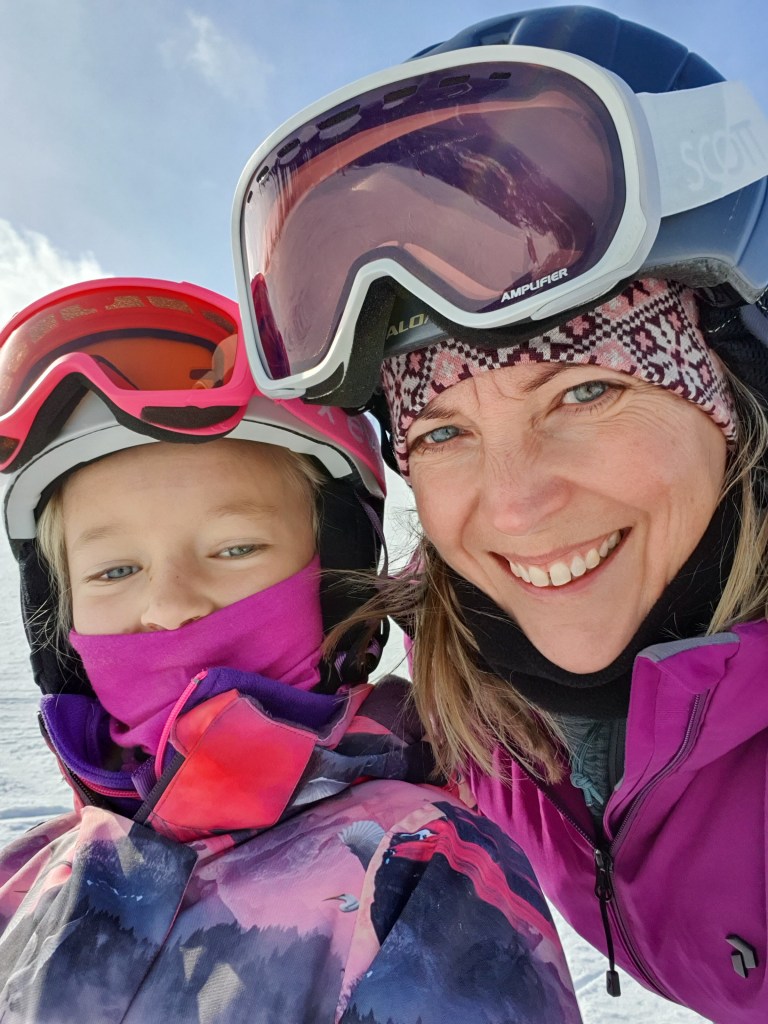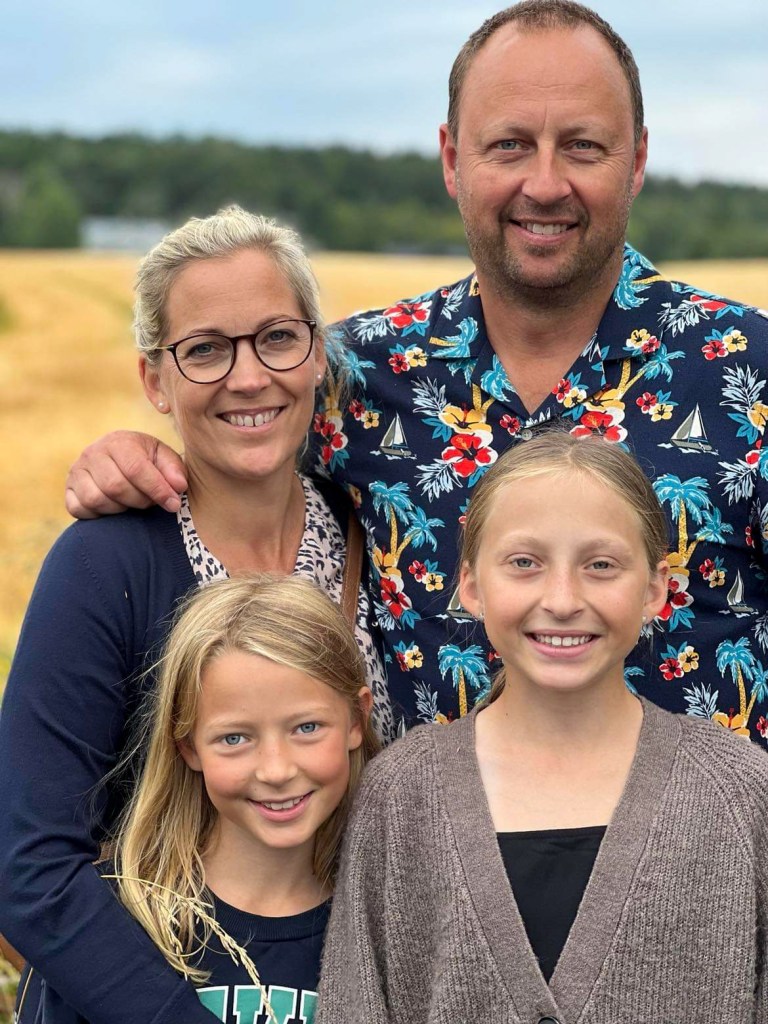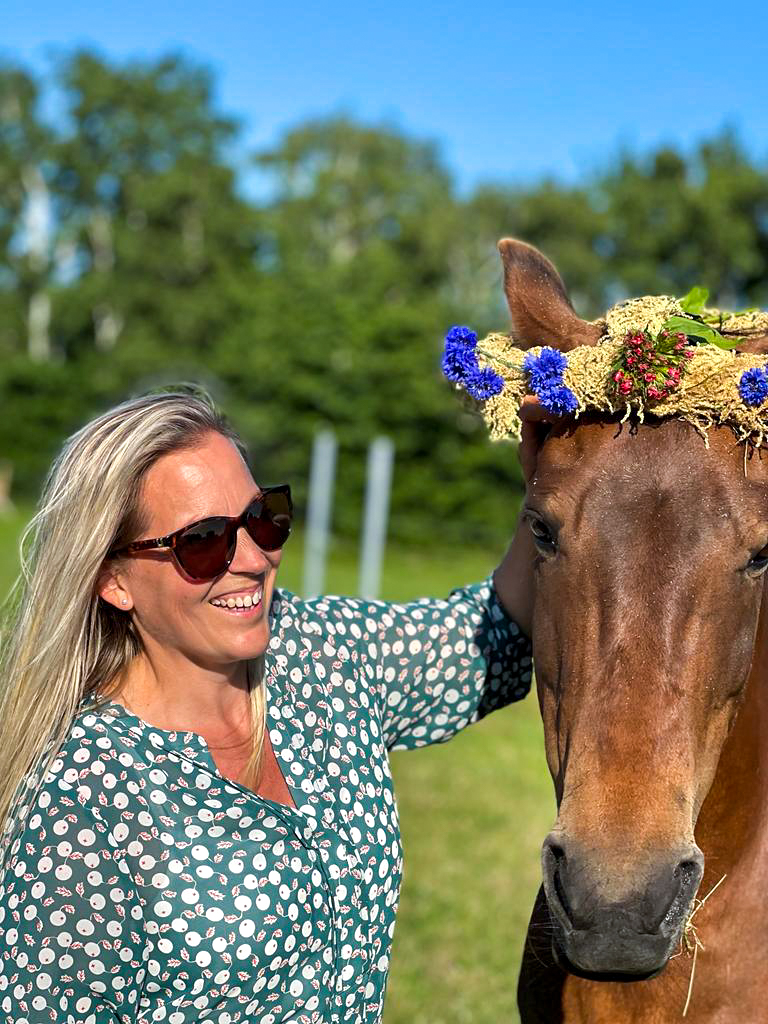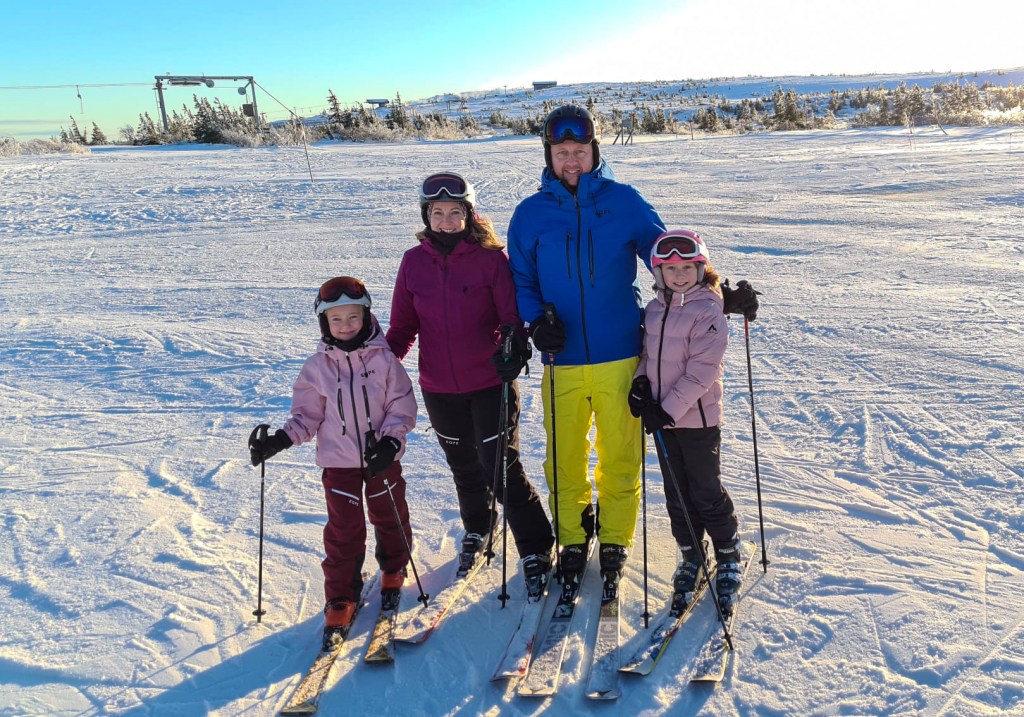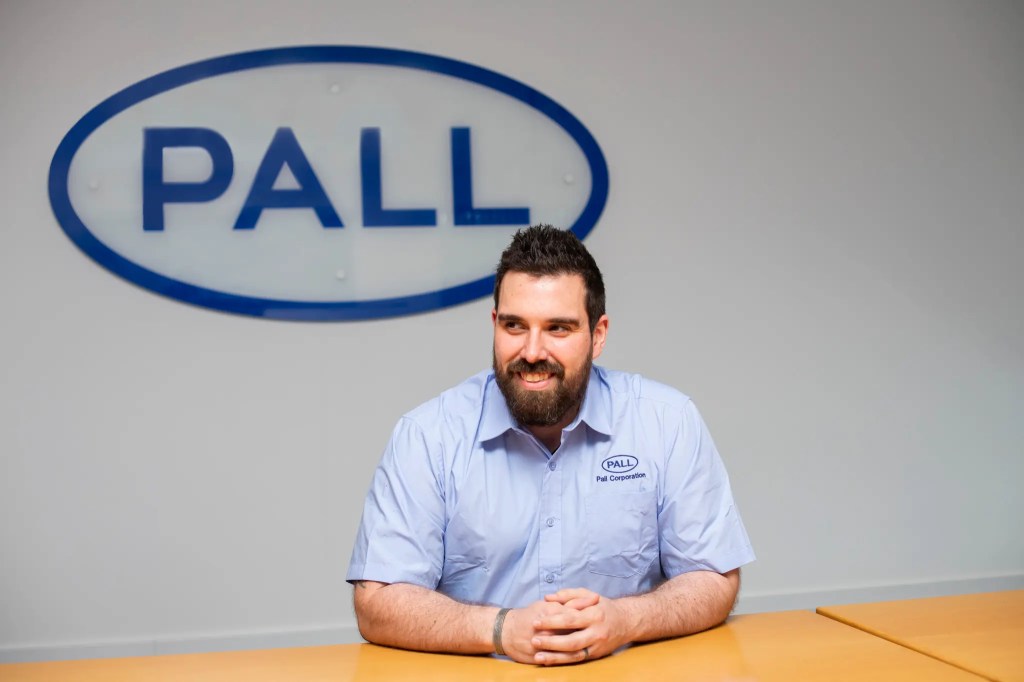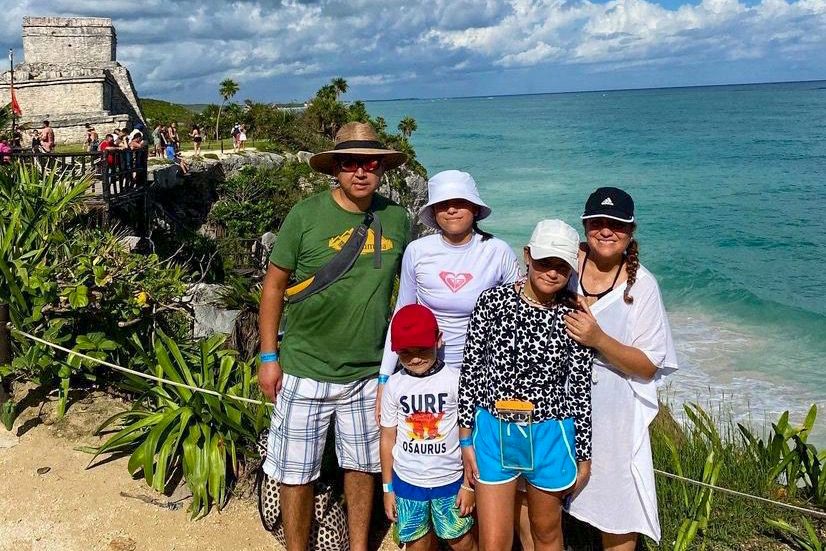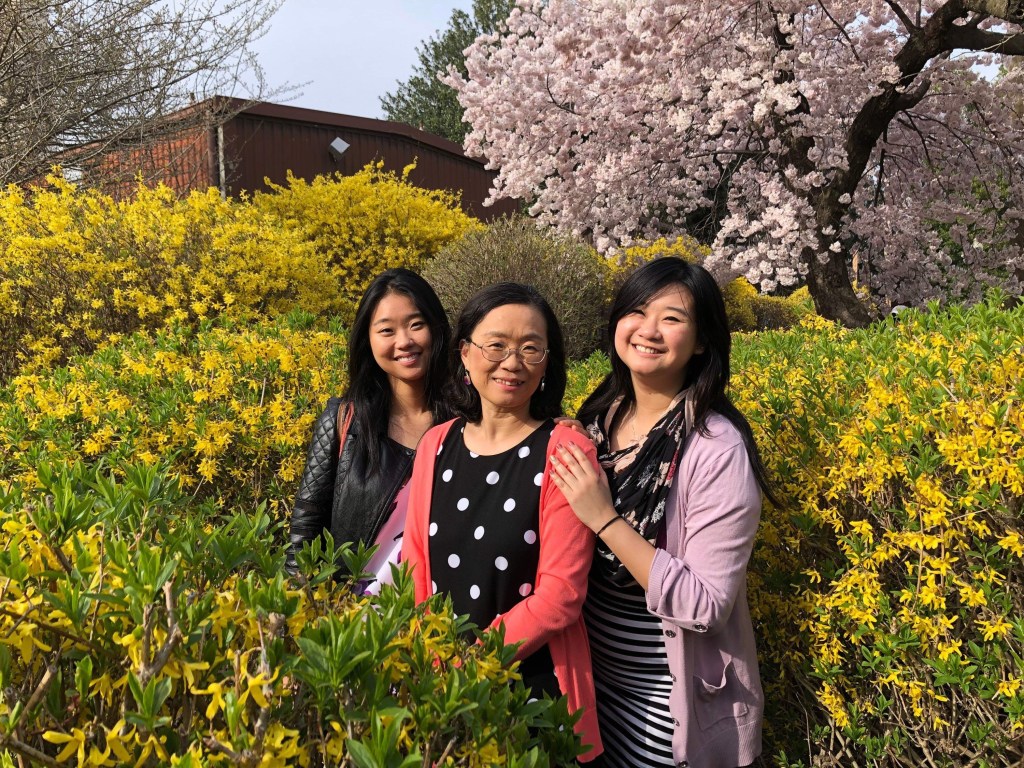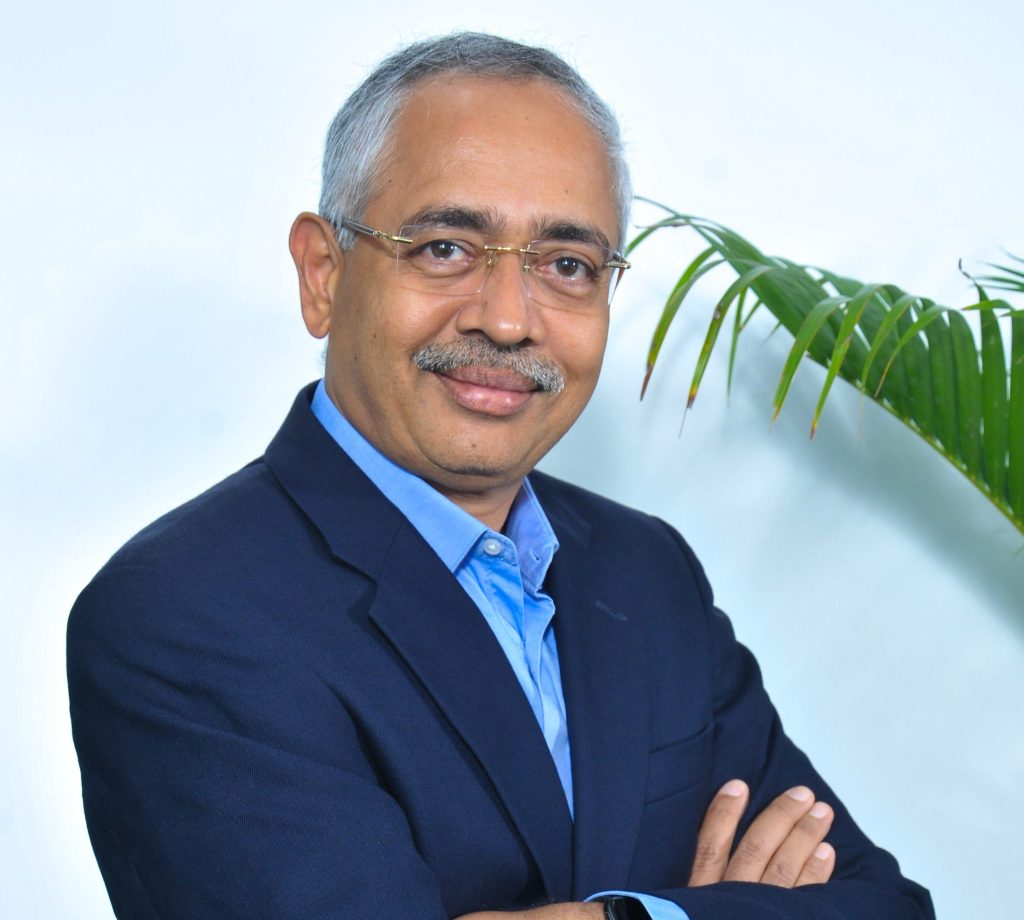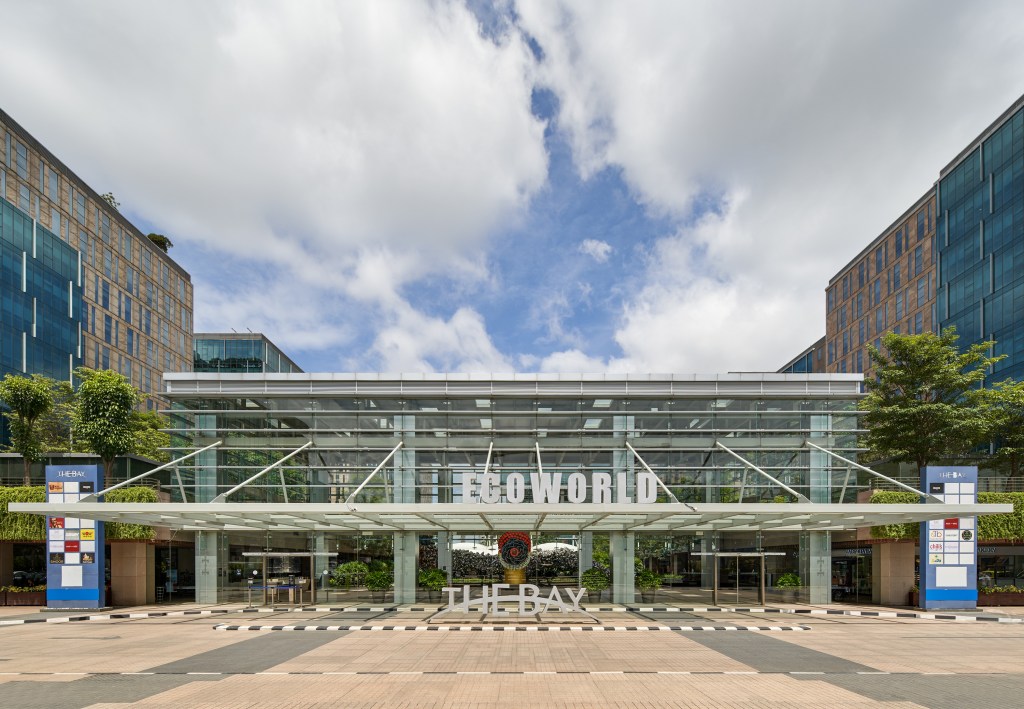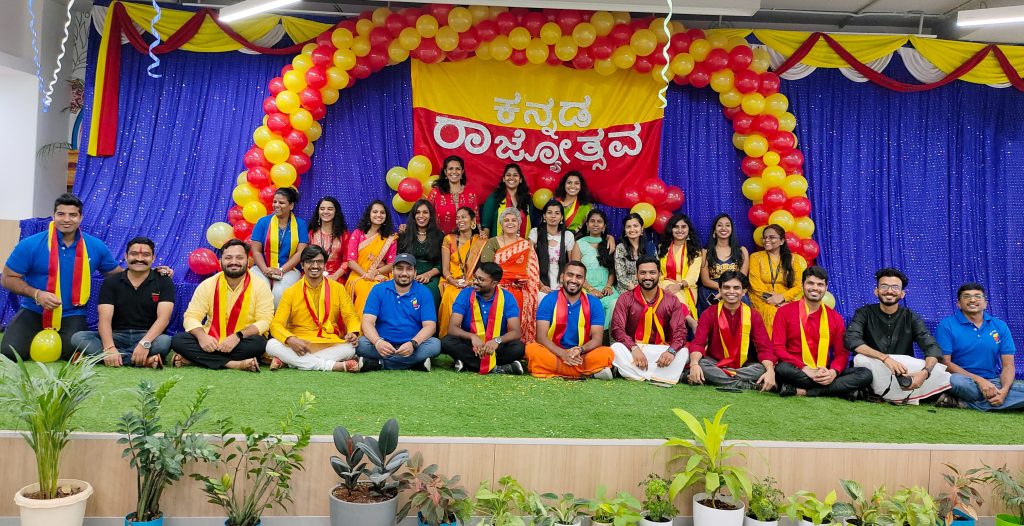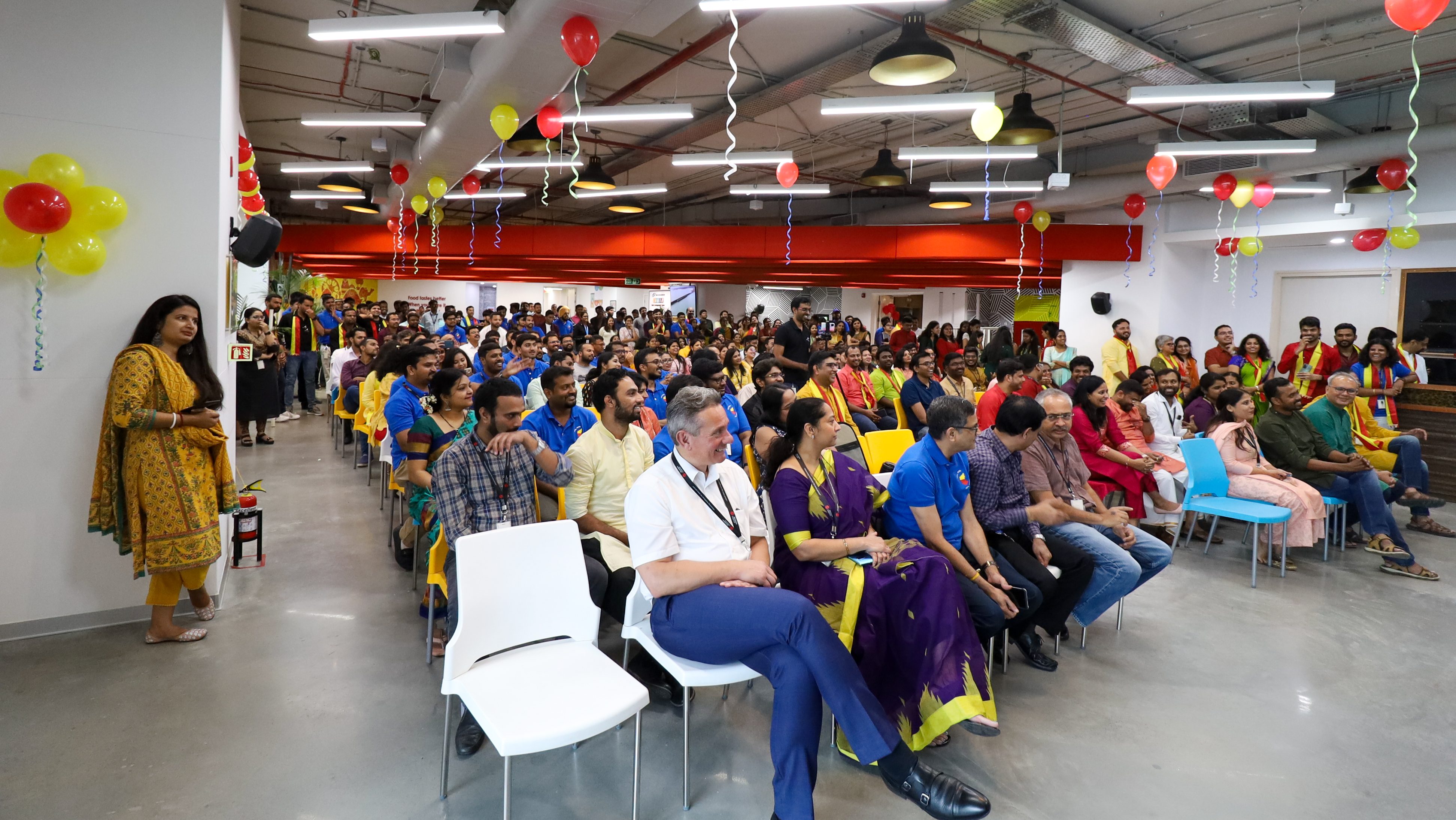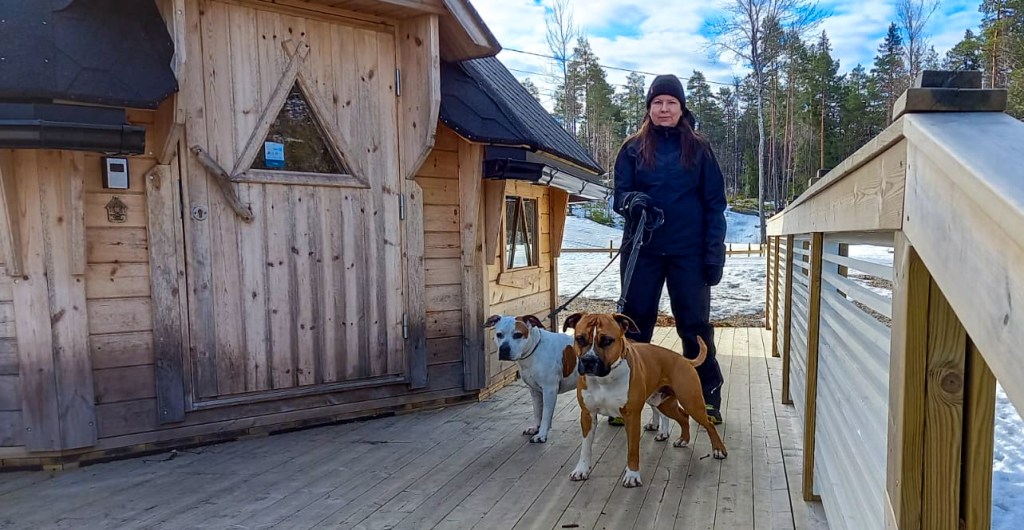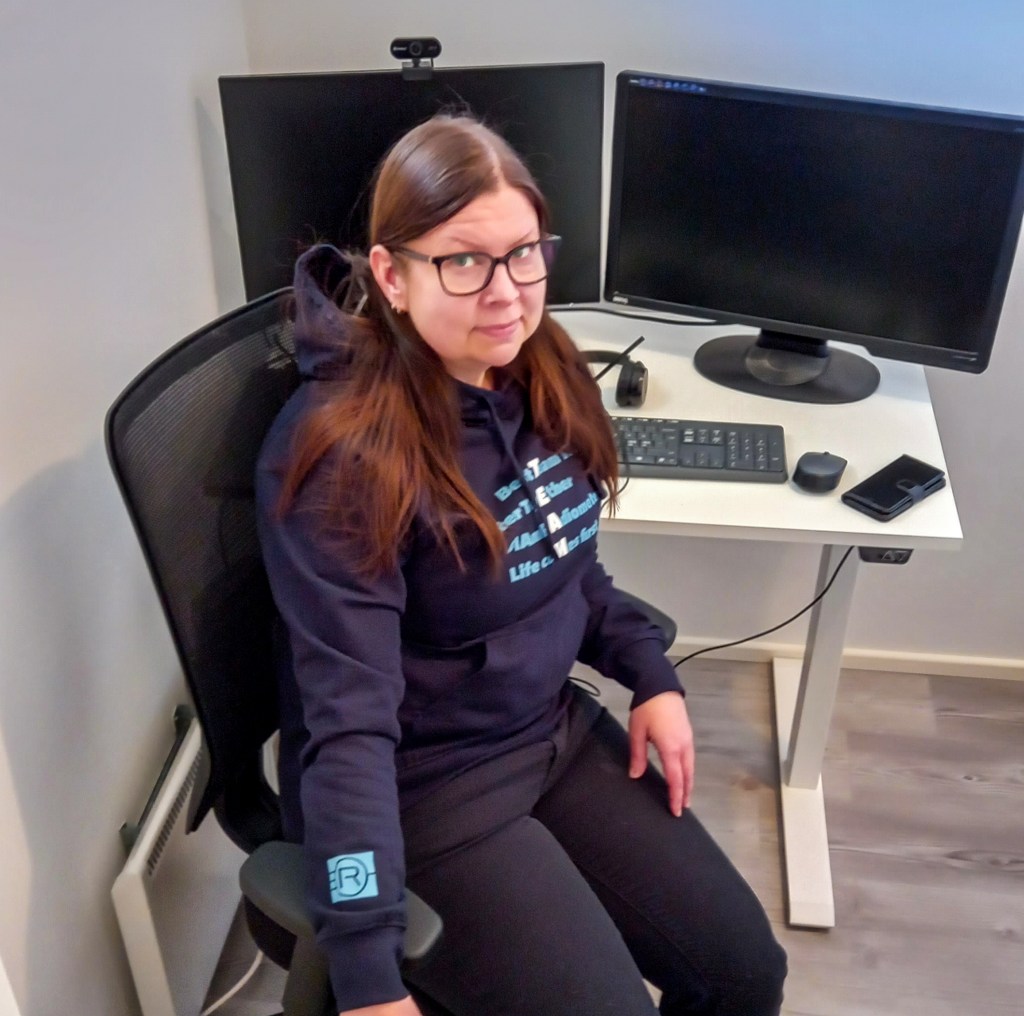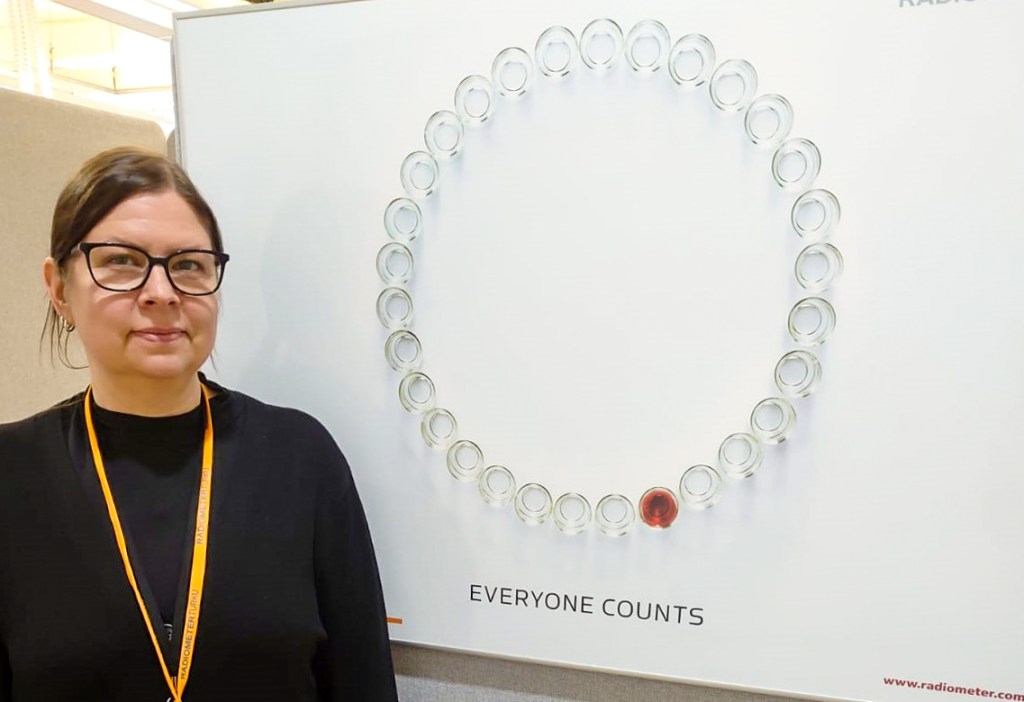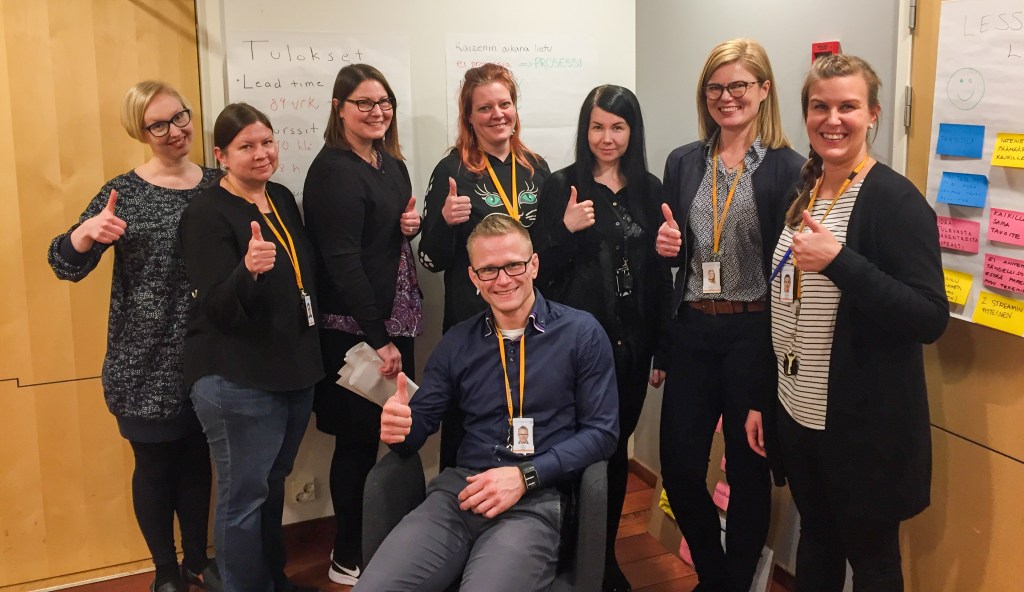The collective talent of our people propels Danaher’s success. Your talent is our most essential resource, and it’s also your greatest opportunity—which is why we are so intentional about developing it. From the moment our associates arrive at Danaher, they are surrounded by supportive colleagues and encouraged to take advantage of learning and development resources that will hone the skills they bring to the table and challenge them to discover new strengths. From the Danaher Business System to leadership training to proven growth tracks, our L&D programs ensure that whatever your career dreams, we can help you achieve them. The stories in this series will show you how.
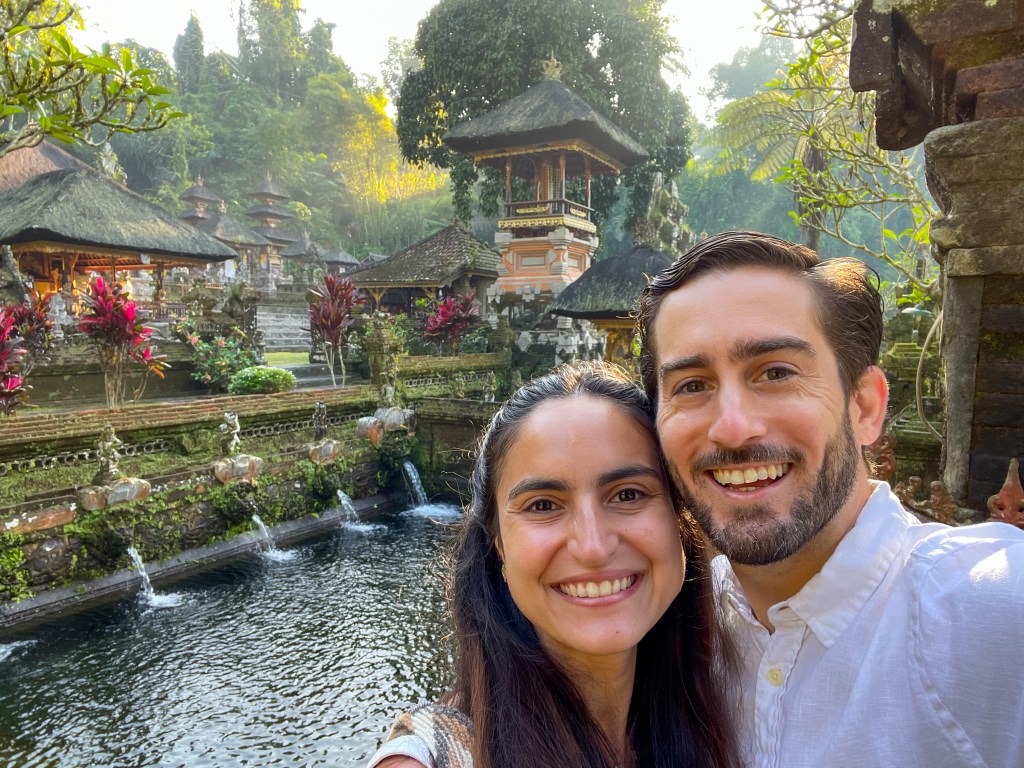
The Leadership Development Programs at Danaher provide associates with a strong foundation to become effective business leaders. Two major successes from the General Manager Development Program (GMDP) are Clancy Cashion and Natalie Arbanian, who happen to have met through Danaher and are now married. Clancy and Natalie discuss below how the GMDP has propelled their careers at Danaher. Natalie recently switched to the Human Resources Development Program (HRDP), which similarly is molding her professional future.
What is your background, and why did you decide to join the GMDP?
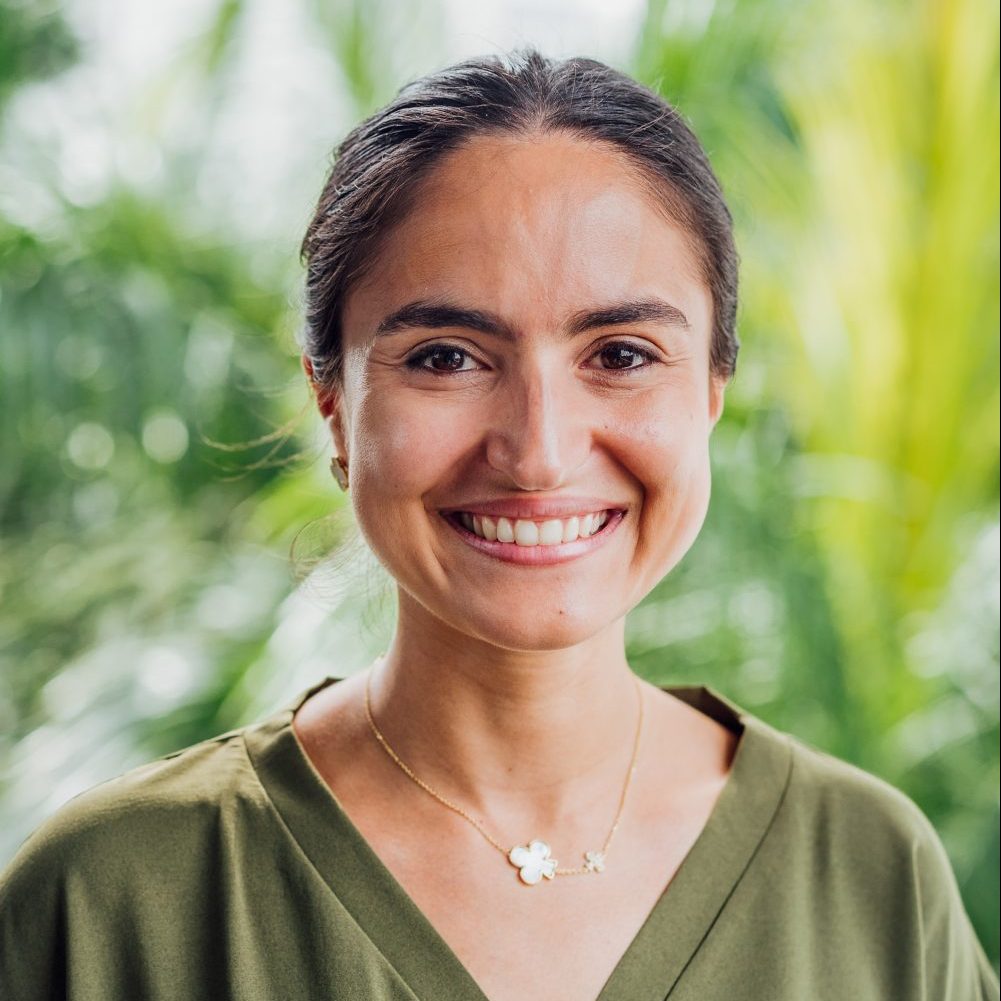
Natalie: It’s been a global journey. My mother is Colombian, and my father is Iranian. Although I was born in the U.K., I consider myself Colombian since I moved there when I was 10, and it’s where I’ve lived the most and where my family is today.
When I was in business school at UCLA applying to full-time positions, I was looking for a general management program that could broaden my skill set. My background was heavily concentrated in internal strategy, consulting, and corporate and commercial finance. Danaher’s General Management Development Program was the perfect fit, and I was placed with Beckman Coulter (a Danaher operating company focused on biomedical testing) and started with its business development team.
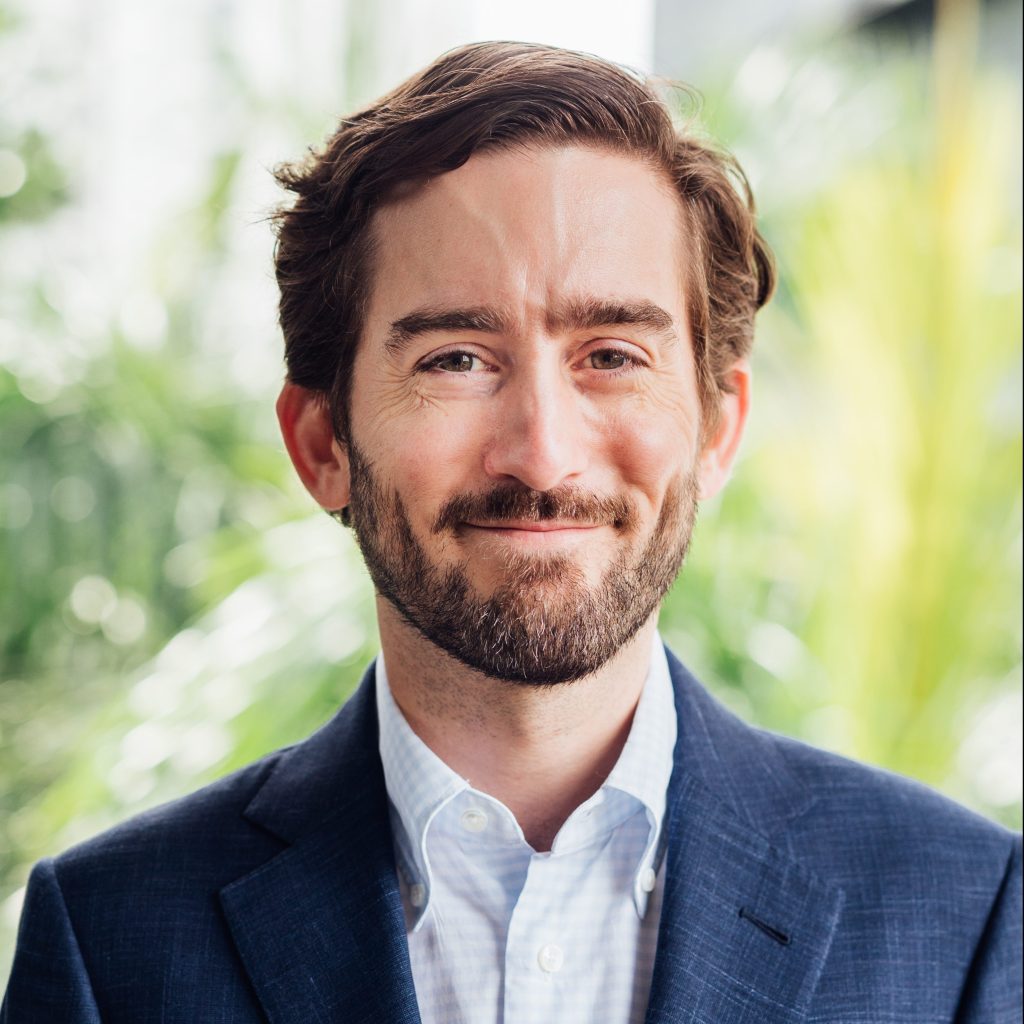
Clancy: I was born and raised in the South, in Arkansas and Tennessee. After college, I took various roles that are more traditional before I went to business school: investment banking, private equity and corporate strategy. In each of those, I got a little bit closer to really being in a business.
In my last role, I moved with a couple of private equity colleagues who went to lead a business in Portland, Oregon. I saw them lead at all different levels, from the C-suite with shareholders to the operations floor with the manufacturing site. I was very impressed by that and became inspired to lead teams and change paths.
That drew me to business school, and I was recruited by Danaher. I was already aware of the
company because we had hired some Danaher associates in Portland, so I knew they had a good business tool system, and they were very well-known for developing general managers. At Danaher, I got an internship working in strategic development, which gave me great experience and exposure to how the company thinks.
When I got the full-time offer, I was able to think about where I really wanted to go that could provide some of those deep, rich experiences I was looking for. I looked at a number of opportunities, but ultimately, I took a product manager role with Beckman Coulter in California, allowing me to lead a small team and help the company grow. From there, I grew into my career.
What surprised you about the program or the opportunities you received?
Clancy: Danaher has given me pretty substantial responsibilities and has been willing to take risks on me at fairly junior levels of my career. Two years into my time at Danaher, I was leading a portfolio management team for Beckman Coulter in hematology and urinalysis. The business was declining, and we were trying to develop a roadmap to turn things around. My background is not in clinical diagnostics, but I have intellectual curiosity. I’ve got a bias for action, and I can think about strategic elements from that perspective, so I was able to call on experts and work with the team and the technology people. Ultimately, we came up with a detailed plan that identified various iterations of solutions. We developed a concept to identify sepsis in the clinical environment, and we were able to launch several products and support turning that business around.
It was a phenomenal career opportunity and a way to really affect lives. From both a career and personal perspective, it was an amazingly powerful thing to be part of a solution where you can start to identify sepsis earlier in a patient with the blood count.
Danaher allowed me to build on that experience, and I ended up taking more progressively senior marketing roles, which meant bigger teams, more revenue responsibility and more of the demand generation side of marketing versus more of the upstream or strategic marketing. And the company has allowed Natalie and me to make our paths work for both of us—although, on our end, balancing each one’s career challenges has not always been easy. How do you optimize? When do I take a back seat?
Natalie: It has been a wonderful surprise just how supportive Danaher is both professionally and personally. When I was in business school, I was an international student, so I couldn’t apply for every opportunity I wanted because not every company was willing to sponsor me. Danaher was willing to interview me, knowing how complicated and risky the sponsorship process is.
A year and a half into my first rotation I wasn’t getting the work visas necessary to work long term with Danaher, and I had to either leave Danaher or leave the U.S. Because I was in that business development role with Beckman Coulter, and one of the deals we were working on was in Colombia, where I am from. Beckman worked with me to relocate to Colombia to become the Integration Leader for this $10M asset deal. It turned out to be one of the most enriching work experiences I have had yet – transitioning a family distributor to a Beckman Coulter and Danaher subsidiary. I was accountable for all parts of the P&L, delivering the target return on investment, and keeping our talent engaged and our customers satisfied. I was just in my first rotation in the GMDP.





Natalie, you’ve embarked on a new adventure transitioning to the Human Resources Development Program (HRDP). Can you tell us about why you’re interested in making this change?
Natalie: It’s quite personal, to be honest. Here I am in the U.S. as a woman, an immigrant and a Hispanic. My sister is transgender. I was coming to work with all these different pieces of my identity, and I found, just like everywhere else, there was so much room to improve in all of these aspects at Danaher.
I was asking myself how I could better develop my own career experience. When I say “better,” I don’t mean trying to climb the corporate ladder. I mean better in the sense of, how do I make the process and conversation better on how to improve the careers for all associates. I thought to myself, “I can do this, and I can make it better.”
Leadership development is a passion for me, especially for people who just don’t have the same opportunities. I love my husband to death, but he’s the classic white American man who has privilege, and he takes it for granted. He tries not to, but he takes it for granted. Trying to level the playing field is a passion of mine. I want to play a role in making it better for my Hispanic son, my daughter and my transgender sister.
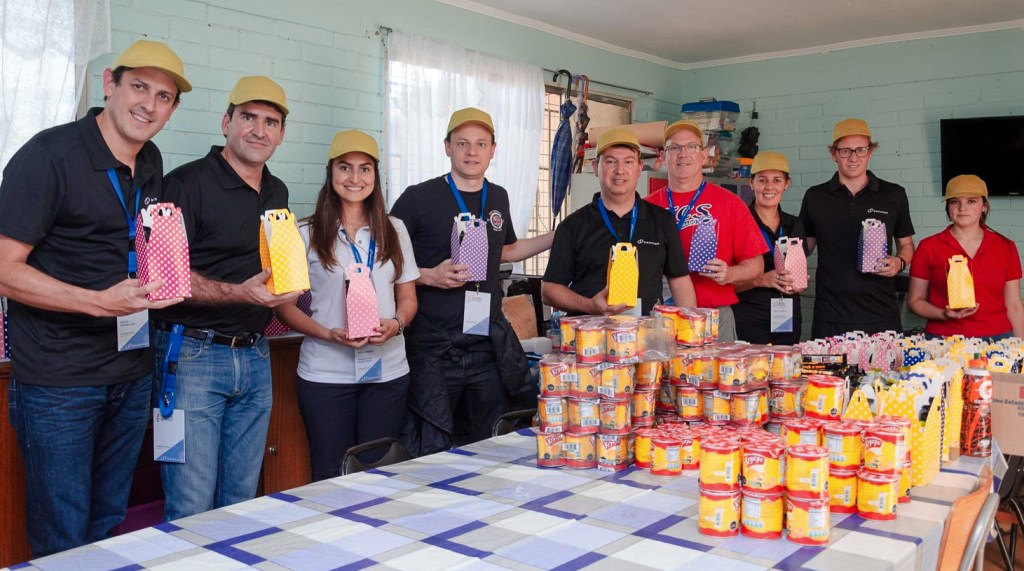
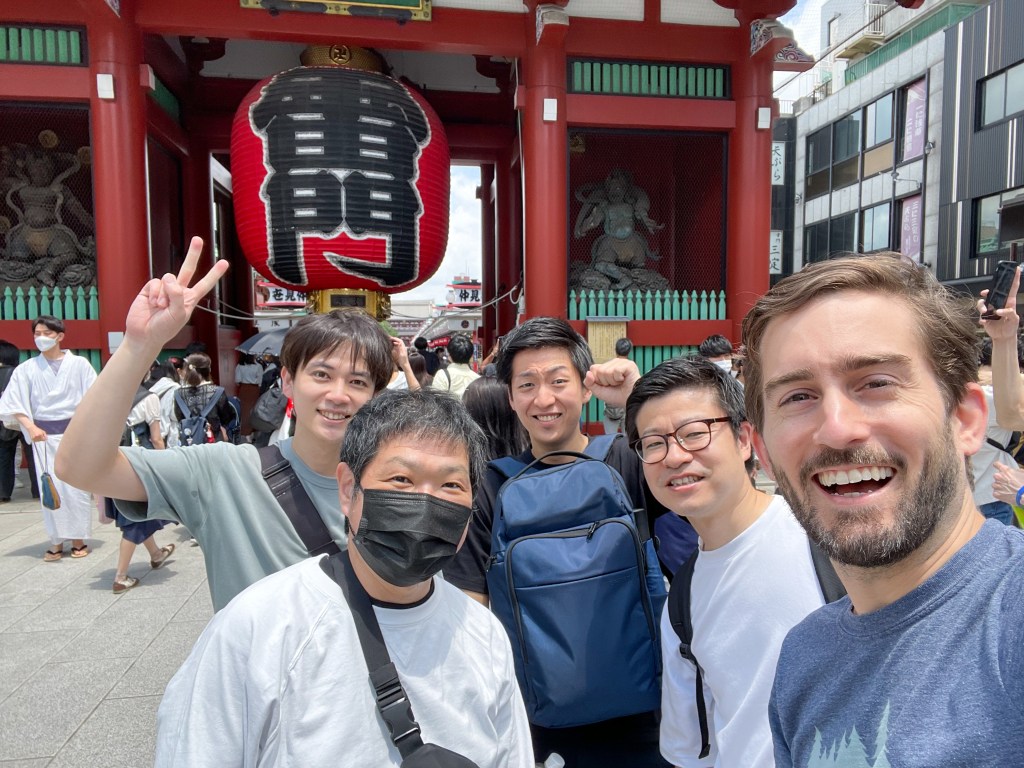
Clancy, can you give us an overview of what your new role in Singapore entails?
Clancy: I actually have two roles. First, I’m Vice President of Asia-Pacific Sales for one of the business units of Pall Industrial called FTAP (Fluid Technology and Asset Protection), which is essentially all the industrial products that are not microelectronics, aerospace or the food and beverage industry. We do a lot of oil and gas, petrochemical and lube and hydraulic filtration to improve the process and help equipment run longer.
Before this role, I’d never directly led a sales team. I’d never taken a customer’s order. I’d never lived internationally, and Danaher was willing to take a bet on me to lead an over 100-person team with over $100 million in revenue and relocate me and my family to Singapore. I mean, that’s a significant expense for the company and a level of risk with a significant amount of revenue. Yet, they said, “We’re going to support you. We’re going to give you some development. We know it’s a stretch. We know you may get some bloody noses along the way, but we think that’s good for you, and we think ultimately that’s good for us because it’s going to round you out as a leader.” That level of support and risk-taking in my career at Danaher has been consistent since my experience in the GMDP.
My other role is Southeast Asia Country Leader, and this position is more facilitative and strategic with regard to safety and compliance, particularly with the emergence of COVID, which is still a significant concern. Many of our associates are rebuilding the support structures for their families before they can return to the work site. Part of my job is to listen to them and come up with solutions that allow them to be effective in their roles. It’s a great way for me to develop as a general manager and contribute to all these different challenges.
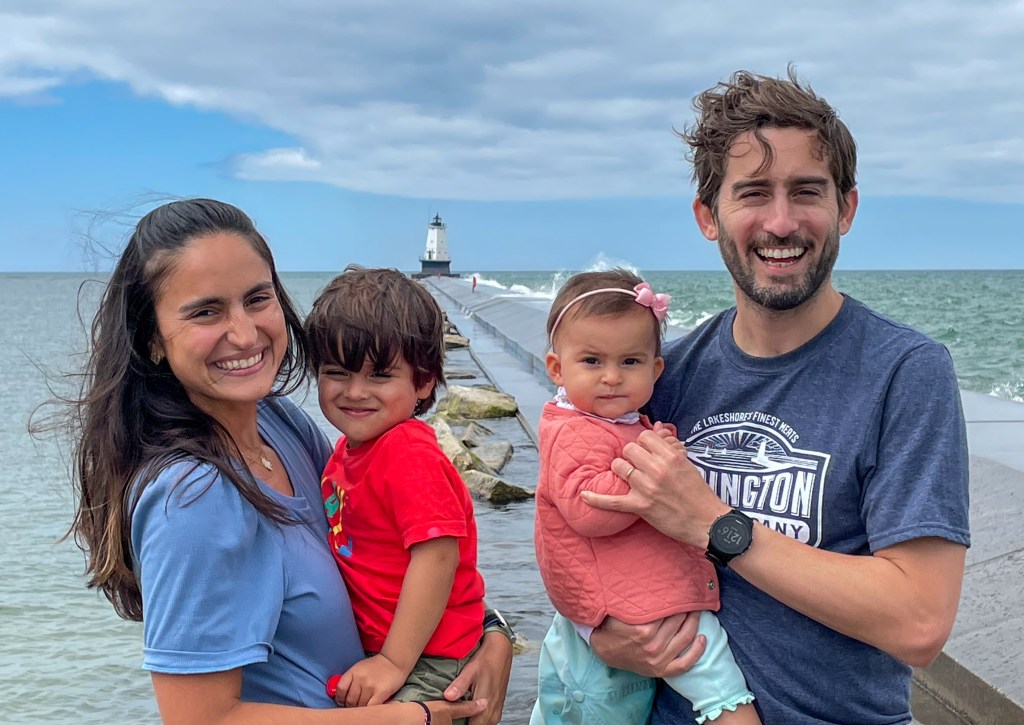
What are your goals for the future? What does success look like?
Natalie: The role I’ve just started is a meaty, full-blown, generalist HR leader position where I’ll be partnering with the Global Operations Leader and supporting at least 500 associates for SCIEX (a Danaher operating company developing mass spectrometry for scientists and lab analysts). This is going to be an opportunity for me to bring my DBS mindset and business experience to be an effective HR business partner.
My goals are to hopefully have a low turnover and show engagement in career and leadership development. The culture in Asia is very much a meritocracy, and people expect to get promoted if they keep their heads down and work hard. However, this is a U.S.-based company, and the people who get promotions usually raise their hands and ask for it. I hope to be that liaison and teach this to our associates, so they can grow and develop.
I think my success will be defined by my growth and the functions I support, as well as the complexity and scale of the business I’m supporting as an HR leader. The sky’s the limit for me, but I aspire to ultimately become an HR leader of a small operating company and then continue to grow and scale as we go along.
Clancy: My aspiration remains the same from when I was part of the GMDP program: to lead teams of people toward a common goal in a meaningful business that impacts lives. There remains so much to learn and so much to do in my role today. If I can prove myself and continue to deliver in this incredibly complex environment, I hope to take on increasing levels of leadership.
Over time, I would like to find ways to contribute to Life Sciences at Danaher. I think it’s a really attractive area, especially with the direction that Danaher’s headed. It would be a wonderful place to make a career and make an impact.

